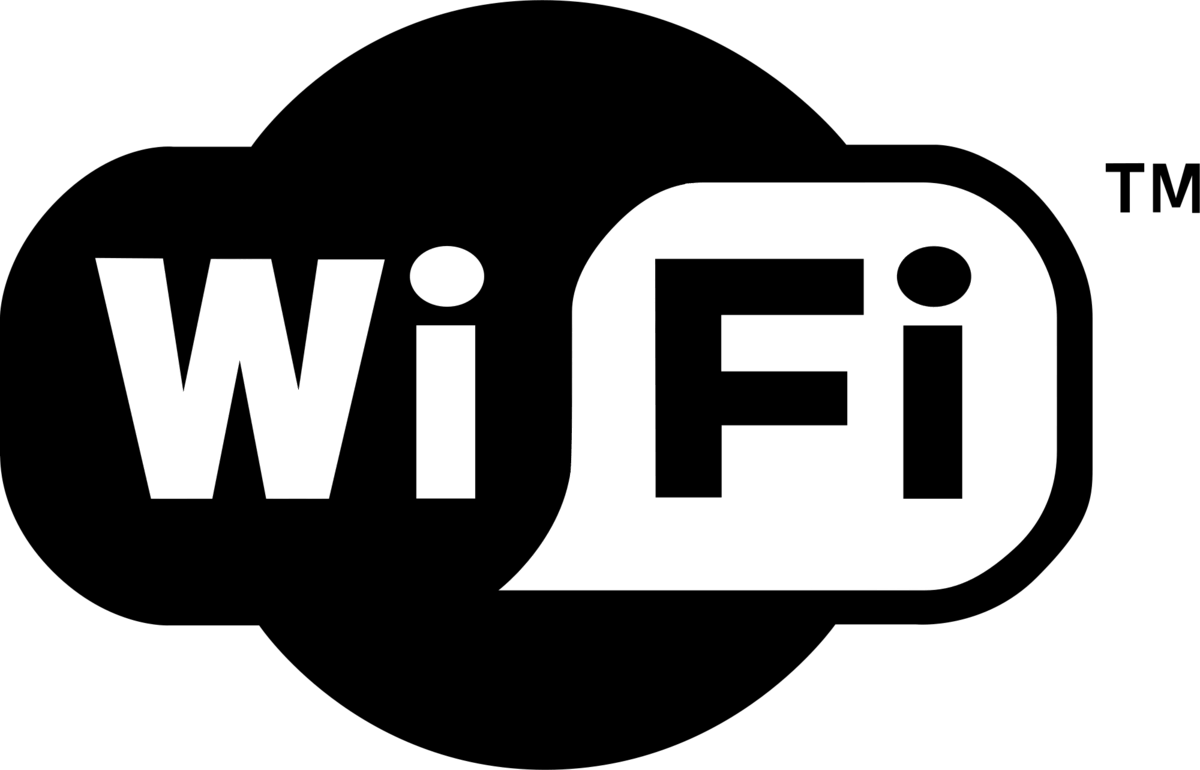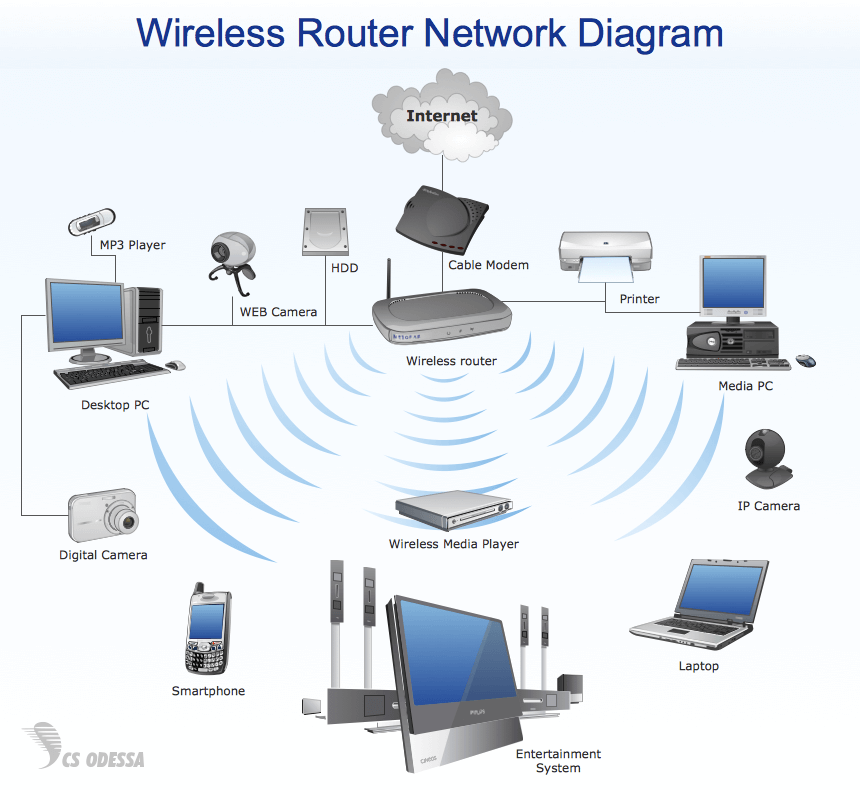
Wi-Fi was created in 1998 in the laboratory of radio astronomy in CSIRO in Australia. The Creator of the wireless communication Protocol is engineer John O’sullivan. The term “Wi-Fi” was originally coined as a play on words with the “hint” on Hi-Fi (High Fidelity — high fidelity). Despite the fact that initially some press releases featured the phrase “Wireless Fidelity” (or “wireless fidelity”), at the moment, this formulation is not used, and accordingly, the term “Wi-Fi” doesn’t stand for anything. How does standard for wireless data transfer — Wi-Fi? This was in today’s issue!

The working principle of Wi-Fi is based on the use of radio waves, and the data exchange is reminiscent of the negotiations on the radio. Usually a scheme Wi-Fi network contains one access point and at least one client. It is also possible to connect two clients when the access point is not used, and clients are connected through network adapters directly. Adapters in each computer convert digital data into radio signals that are transmitted to other network devices. They also convert incoming radio signals from the external network device into digital data. Radio transmitters and receivers to the same Wi-Fi network operate on the same frequencies and use the same modulation format of the data in radio waves.

Wi-Fi networks operate in special frequency bands “2.4 GHz” and “5” GHz, which is reserved in most countries of the world under the so-called unlicensed radio services, that is, such that you can use without getting a license for a radio station.
To connect to the network must know the network identifier. The access point passes it through a special signal packets at speeds of 0.1 Mbps every 100 milliseconds. Therefore, a 0.1 MB/s minimum data transfer rate Wi-Fi. Knowing the network ID, the client can find out if you can connect to this access point. When getting within range of two access points with identical identifiers, the receiver can choose between them on the basis of the signal level. Standard Wi-Fi gives the customer complete freedom in the choice of criteria for the connection.

Due to the extensive range of routers in the absence of obstacles — about 50-100 meters, the user can easily navigate the room with your device without worrying about the interruption of the connection. In the memory router stores the routing table containing the paths to all devices connected to the access point. The width of the channel of the Internet access provided by the ISP evenly distributed between all connected devices.
Wi-Fi standards are constantly improving. In January 2014, was adopted by the IEEE (ay-triple) 802.11 ac, the speed of data transmission in which can reach several Gbit/s. there is Also the IEEE 802.22 is designed for use in rural areas and that can receive data within a radius of 100 km at speeds of up to 22 Mbps.
How does it work? | Wi-Fi
Hi-News.ru